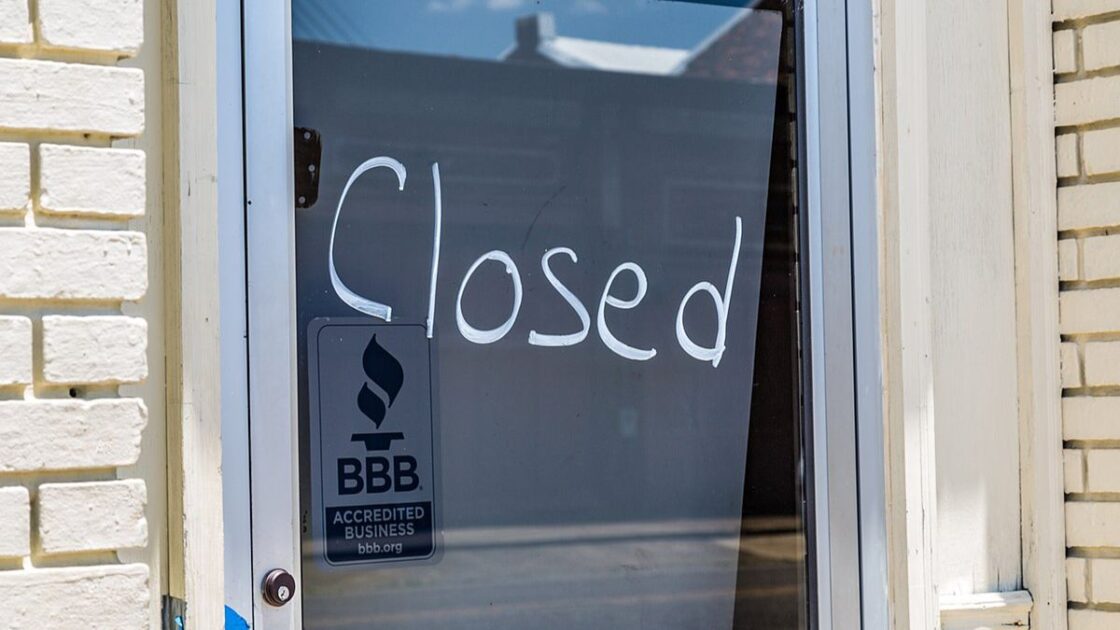Past shutdowns—including over DACA, Obamacare, and social program funding—show how partisan disagreements can halt government services.
The government appears headed for a shutdown on Oct. 1, with Republicans and Democrats failing to reach a deal on a short-term spending plan.
The White House and Republicans were seeking a stopgap bill to fund the government through Nov. 21 to give lawmakers more time to negotiate and pass 12 appropriation bills for this fiscal year.
Democrats have rejected the GOP stopgap plan and demanded changes to health care policies, including an extension to Obamacare subsidies that are due to expire at the end of this year.
In response, President Donald Trump and Republicans have said that they’re listening to negotiate with Democrats on health care, but not when it’s used as a bargaining chip in shutdown talks.
Here’s a look at some of the most recent shutdowns.
December 2018-January 2019: The Border Wall
The longest shutdown occurred during Trump’s first term, when the GOP refused to vote for a bill unless it included funding for a wall at the U.S.-Mexico border. Democrats had regained control of the House in the 2018 midterms and assumed control in the middle of the shutdown.
In addition to a month of delayed paychecks for federal workers, the closure affected the stability of the nation’s airports.
After 35 days, Republicans relented, and the government reopened.
In February of that year, Congress allocated $1.3 billion to fund the border wall; Trump also declared a national emergency, allowing him to divert another $8 billion dollars toward the project.
January 2018: The Dreamers
There was a brief, 3-day shutdown in 2018 when Democrats held out for legislation to protect youth affected by the Deferred Action for Childhood Arrivals (DACA) program, better known as “Dreamers.”
The program temporarily prevented illegal immigrants who arrived in the United States as children from deportation; Trump’s administration wanted to terminate it.
After a bit of negotiation, the government reopened, but Congress did not pass legislation to further address the Dreamers’ status. The program was eventually declared illegal in 2021, and stopped accepting new applications, although previous participants can still renew their protected status.
October 2013: Obamacare
The Affordable Care Act—colloquially known as “Obamacare”—was the driving force behind a shutdown 12 years ago.
Republicans held out on funding the government in an attempt to prevent then-President Barack Obama from implementing the sweeping healthcare plan. The situation became more serious when they refused to vote to allow the Treasury Department to borrow more money.
After 16 days, Republicans agreed to move forward with both measures, rather than allow the Treasury Department to default on its debt.
December 1996-January 1996: The Clinton Veto
A dispute over cuts to social programs led to a shutdown in winter 1995-1996. Then-President Bill Clinton vetoed a budget bill because it included a plan to shift more control of Medicaid to states, while limiting the amount of federal dollars used to fund the program .
After 21 days, Congress passed Clinton’s budget proposal, ending the shutdown.
If you found this article interesting, please consider supporting traditional journalism
Our first edition was published 25 years ago from a basement in Atlanta. Today, The Epoch Times brings fact-based, award-winning journalism to millions of Americans.
Our journalists have been threatened, arrested, and assaulted, but our commitment to independent journalism has never wavered. This year marks our 25th year of independent reporting, free from corporate and political influence.
That’s why you’re invited to a limited-time introductory offer — just $1 per week — so you can join millions already celebrating independent news.








